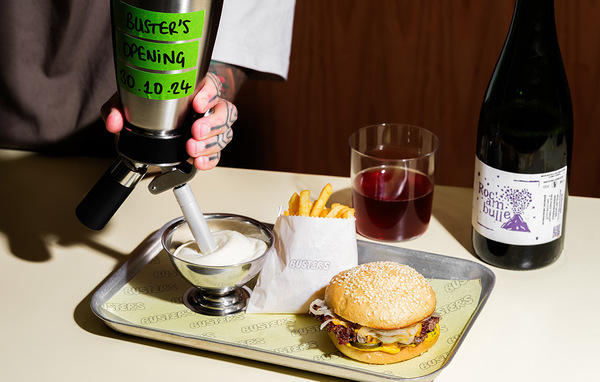Recipe: pork rillettes
Rillettes were originally developed to preserve pork or other meat (duck, rabbit, goose, etc) during the winter, by cooking it slow and low, mincing it, stirring in some fat, and packing it into jars. The result is a delicious paste, which 16th-century author Rabelais described as a “brune confiture de cochon” – a “dark pork jam.” Indeed, rillettes spread on baguette make a great sandwich with pickles (gherkins).
“Rillettes du Mans” (Le Mans is a town between Paris and Britany) are the most famous, but they can be made anywhere, including Tours, their town of origin in the Loire Valley.
Serves 6
- 200g lard or clarified butter
- 500g pork fillet, cut into 3cm pieces
- 500g fatty unsmoked bacon, cut into 3cm pieces
- 1 bouquet garni
- Bread or toast, for serving (optional)
- Salt and pepper
Melt 50g of the lard or butter in a large skillet or frying pan over medium-low heat.
In batches, add the pork and bacon and cook, turning occasionally, for 10-15 minutes until golden brown.
Pour off the fat and set aside. Add enough salted water to cover the meat in the pan and bring just to a boil.
Add the bouquet garni, reduce the heat to very low, and simmer for five hours, stirring the mixture occasionally once the water has evaporated, so that the meat is lightly browned all over.
Working in batches, transfer to a meat grinder (mincer) or a food processor and process to make a paste, adding a little water if necessary to make a looser mixture.
Stir in the reserved fat, and then season with salt and pepper. Pack the meat into six small pots or ramekins.
Melt the remaining 150g lard or butter, let cool, then cover the ramekins with a layer of the cooled lard or butter. Store in the refrigerator and serve cold, with bread or toast, if desired.
Taken from Classic French Recipes by Ginette Mathiot (Phaidon, £39.95)



















